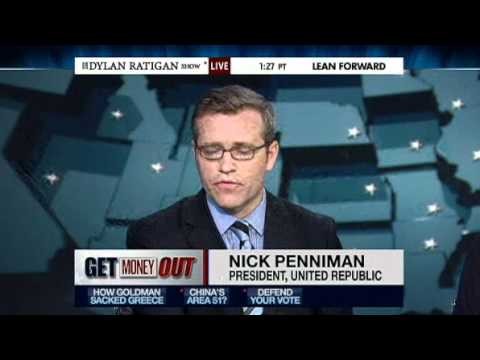SEC rule could shift $500 billion of moneyfund assets analyst says The Tell
Post on: 7 Апрель, 2015 No Comment

During the darkest days of the financial crisis in September 2008, a giant money-market fund called the Reserve Primary Fund saw its net asset value drop below $1 per share, a rare event called breaking the buck. Nearly six years later, the scars that event left on the money-market industry havent fully healed.
Thats the backdrop for a slew of new reforms that are due for a vote before the Securities and Exchange Commission Wednesday morning. If the SEC adopts changes to Rule 2a-7 which have been a long time in the making it could dramatically reshape where investors park their cash within the money-funds industry, according to Brian Smedley, rates strategist at Bank of America Merrill Lynch.
He believes $500 billion could flow out of prime funds (which invest in commercial paper as well as government securities) and into government funds (just government securities).
But lets back up a second. There are a number of key measures within the reforms, including potential redemption fees, new definitions for fund types, and new treatments for municipal bond funds. But the most important would be a measure to let the net asset value of prime funds float, rather than stay fixed.
Currently, the NAVs are fixed at $1, which is why it was so consequential that a fund broke the buck. But the institutional non-government funds that were most susceptible during the financial crisis are now thought by many to be more stable if their NAVs are allowed to float. Government money-market funds may stay fixed.
If those regulations pass, Smedley thinks investors would thus leave the floating-NAV funds for the fixed-NAV funds. He writes in a Tuesday note:
Funds that designate themselves as institutional prime fund have assets of roughly $900bn, equal to 35% of total money fund AUMs. We expect the SEC to move ahead with the proposed requirement. This will likely spur fund investors to reallocate a material portion (perhaps half a trillion dollars over time) of prime fund assets into government-only funds, which will likely retain a fixed NAV. Note that institutional MMF investors have not altered their allocation between prime and government money funds since the SECs proposal was released.

See the chart below for assets in prime funds over time:
An exodus from some funds in favor of others could noticeably impact prices of short-term rates, Smedley believes:
This should result in upward pressure on Libor over time and cause short-dated Treasuries and agencies to richen even further, especially given the negative supply outlook for bills and repo.














